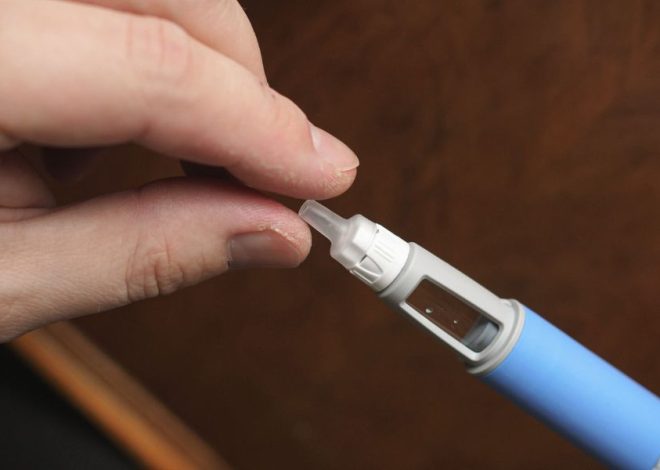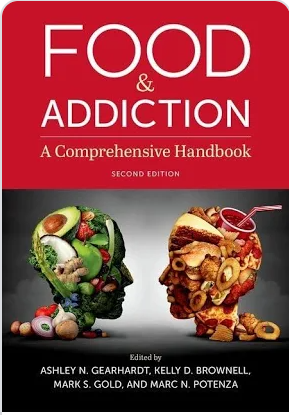100 Fat Activists #6: Civil Rights
The 1960s Civil Rights movement in the US is what provided a solid political grounding for fat activism, a fact that has been forgotten by many fat activists today and which is particularly troubling given the problems that some areas of fat activism have with racism.
In previous posts in this series, I have referred to Steve Post’s Fat-In, Llewellyn Louderback’s journalism and Erving Goffman’s influential work on stigma. The collective work of black people organising and resisting oppression is absent from much of this work, or perhaps taken for granted, but it is hard to imagine any of these interventions taking place without the framing that the Civil Rights movement brought to issues of social justice. Aldebaran’s books offer some hints of this, and perhaps she had other works that she did not donate to the archive, but again, the acknowledgement is tacit.
The Civil Rights movement prompted the politicisation of fat people. When I interviewed Judy Freespirit in 2010, she told me that her fat feminism had emerged as a result of her involvement with the Civil Rights movement in the United States. As a student in California, she had supported a demonstration against racist housing policy organised by CORE (the Congress of Racial Equality, established as a non-violent Civil Rights organisation in Chicago). Whilst picketing the college’s administration, who were responsible for the policy, Freespirit and her fellow protesters were jeered by passers-by. She noticed that the insults were to do with her being fat. She said: “I was picketing and it had nothing to do with fat, it had to do with the administration being wrong in their discrimination, and people would try to get me by making fat jokes.” Freespirit went on to add: “So all of a sudden I realised: ‘They are so angry about my being fat, why are they so angry? I’m too heavy and big for them.’ You know. I mean. But it’s like: ‘Ah, this is the way we can get her, because this is the thing that nobody’s gonna disagree is not ok.'”
Civil Rights offered an analysis of the misuse of power and of potential means of securing justice. In her excellent book about antidiscrimination law and fat rights, Anna Kirkland writes that the 1964 Civil Rights Act in the US is pivotal because it proposes that justice involves addressing systemic discrimination. This is a crucial point, and was later taken up by the early fat feminists who argued that fat is not a case of personal health failings, it is a political issue. They presented fat hatred as a social, political problem that needs political solutions and systemic change, much like the Social Model of Disability, which came later on. Of course this approach has been appropriated and corrupted now through obesity epidemic rhetoric which insists that fat people ourselves are the social problem, a discourse which reproduces hate and discrimination. But the emphasis on rights and non-violence brought to activism through the Civil Rights movement – itself rooted in peace activism – cannot be underestimated and remains at the heart of fat activism today, even though it is obscured and has branched off into debateable rights discourses, such as the right to buy pretty clothes (though perhaps not the rights of developing world sweatshop workers).
Civil Rights and later Black Power also propose a refusal of abjection. Reclaiming beauty, instigating pride, developing cultural aesthetics built on an idea of protesting oppressive norms, well, you can see where I’m going with this. I will make the bold claim that even the most mainstream fat activism today owes acknowledgement to the ground-breaking work that came out of Civil Rights. Indeed, there are many more things that could be said about this, too much for a single blog post.
Having Civil Rights as a fundament of the movement does overlook some of the other forms of activism that I think are as valuable as the methods that emerged during the 1960s. In my book I write about ambiguous fat activism, and micro fat activism, strategies that are queerer and weirder than the political process forms of activism that are generally associated with Civil Rights in the US. I also wonder if the centrality of Civil Rights means that activists struggle against a perfect standard of activism, or rigid ideas about what activism can be. The US-centric nature of this era of Civil Rights also eclipses other Civil Rights struggles that might be of equal value to the movement. British fat activists might look towards the Irish Civil Rights movement, for example, which resisted English occupation and colonialism.
What is most perplexing and upsetting is the absence of fat activism and Civil Rights in the archive. There is no picture to accompany this post because this material is currently invisible to me. Apart from Judy Freespirit’s testimony, where is the evidence? I can’t accept that she was the only person thinking about these connections. Cathy Cade’s photographs of Bay Area lesbian community may offer some material to chew over, she was also a Civil Rights activist who documented fat activism. But where are the black fat activists from those early days? How did the early activism by people of colour become so marginalised in fat activism as it is known today? How can those missing stories and links be found and re-forged?
Cade, C. (1987) A Lesbian Photo Album: The Lives of Seven Lesbian Feminists, Oakland, CA: Waterwoman Books.
Kirkland, A. (2008) Fat Rights: Dilemmas of Difference and Personhood, New York: New York University Press.
(c) Obesity Timebomb – Read entire story here.


